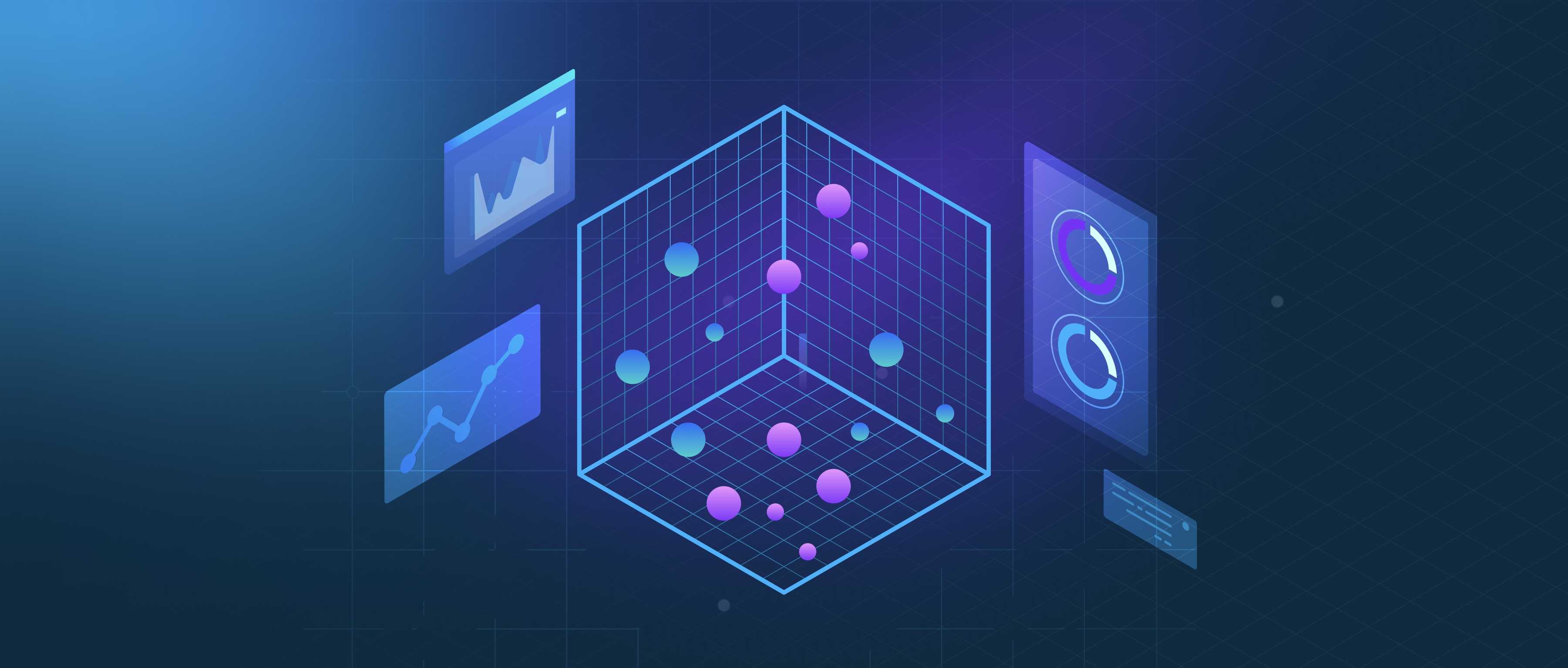Transformers are a type of deep learning architecture that have revolutionized NLP by enabling models to handle long-range dependencies in text effectively. Introduced in the 2017 paper Attention is All You Need by Vaswani et al., transformers rely entirely on attention mechanisms to process sequences, eliminating the need for recurrent or convolutional layers.
At the core of transformers is the self-attention mechanism, which computes the importance of each word in a sequence relative to others. This allows the model to capture contextual relationships efficiently. For example, in the sentence "The cat sat on the mat," self-attention can associate "cat" with "sat" and "mat," understanding their dependencies.
Transformers are highly parallelizable, enabling faster training on large datasets. Models like BERT and GPT, built on transformer architecture, have achieved state-of-the-art results in tasks like machine translation, question answering, and text summarization. Transformers’ ability to handle context at scale has made them the foundation for most modern NLP systems. They also support transfer learning, allowing pre-trained models to be fine-tuned for specific tasks, reducing the need for task-specific data.
